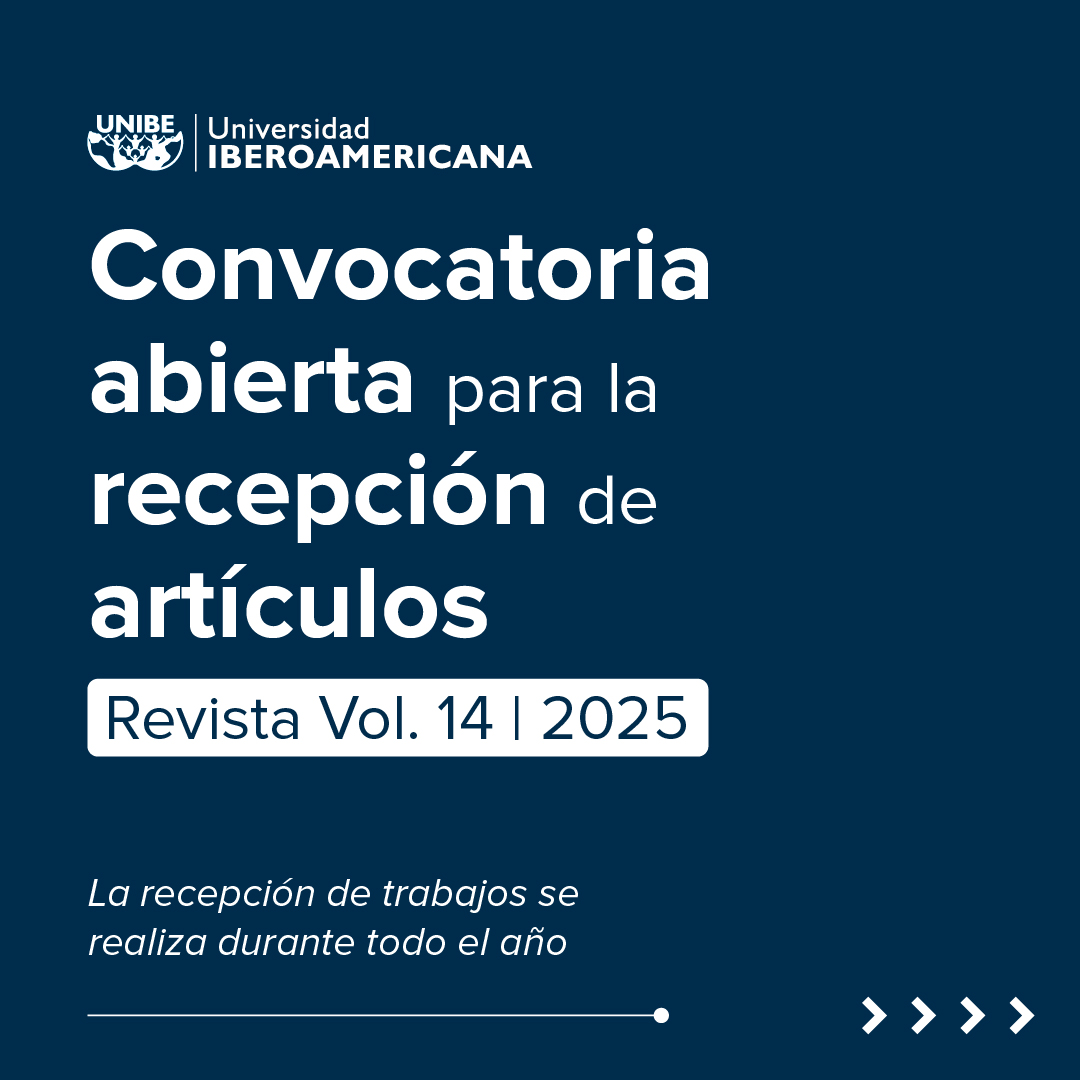Chronic mental illnesses: characteristics and frequency in the Eastern Regional Hospital
DOI:
https://doi.org/10.26885/rcei.8.1.75Keywords:
primary health care, mental health, mental illness, incidence, prevalenceAbstract
The Mental Health in Paraguay needs innovative and urgent solutions, because chronic mental illnesses clearly limit the life of people who suffer from it. The objectives of this work were, first, to determine characteristics and frequency of mental disorders registered in the Psychiatry field of Eastern Regional Hospital from Ciudad Del Este, in the last quinquennium (2005-2010); second, to find the incidence and prevalence of the mental disorders, as well as, to analyze what kind of service is offered to patients of this the mentioned area. The investigation was descriptive, with non- experimental design. A retrospective Documentary analysis methodology was used. The applied instrument for the diagnosed classification cases was the International Code of Illnesses (CIE-10). The sample was integrated by 3.681 records (71 % of the whole available records), in accordance with the inclusion criteria. The results indicate that approximately 1000 patients per year are registered in the psychiatry field.
The classification was the following: schizophrenic disorders occupy 41 % of the whole cases, mood disorders 32 %, somatomorphs disorders 17 % and organic mental disorders 6 %, other disorders 4 %. In conclusion, mental disorders registered are considered to be by the World Health Organization as “severe and persistent mental disorders”.
Downloads
References
Alzate, M. (2003). Epidemiología Psiquiátrica. Revista Colombiana de Psiquiatria, 32 (1), pp. 85-92.
Asociación Psiquiátrica de América Latina. (2004). Guía Latinoamericana de Diagnostico Psiquiátrico (GLADP). Sección de Diagnóstico y Clasificación. América Latina: Ed. Los Editores.
Clasificación de los Trastornos Mentales y del Comportamiento: (CIE-10). (2000). Madrid, España: Ed. Médica Panamericana, S.A.
Dirección General de Estadísticas, Encuestas y Censos (DGEEC). (2009). Anuario Estadístico del Paraguay. Recuperado de http://www.dgeec.gov.py/
Driscoll, C. (1998). Mental Health Promotion in Practice. Toronto, Canada. Canadian Mental Health Association. En: Política Nacional de Salud Mental. Op. Cit. p.18.
García, V., (2004). Prevalencia e Incidencia. Lisboa, Portugal: Ed. Menezes.
Ministerio de Salud Pública y Bienestar Social. (2002). Política Nacional de Salud Mental. Dirección General de Programas de Salud Mental. Asunción, Paraguay. pp. 15-37.
Murray, C., y otros. (1996). The Global Burden of Disease. Boston (MA). Harvard School of Public Health. World Health Organization. World Bank. Harvard University Press. En: BORGES, G. Op. Cit. p. 452.
Océano Práctico. (2003). Diccionario de la Lengua Española. Sexo. México D.F. Ed. Océano de México, S.A. p. 699.
Organización Mundial de la Salud. (2001). Salud Mental; Nuevos Conocimientos, Nuevas Esperanzas. Organización Mundial de la Salud. Ginebra, Suiza: Ed. OMS.
Organización Mundial de la Salud (OMS). (2014). Plan de Acción sobre la Salud Mental para la región de las Américas 2015-2020. Organización Panamericana de la Salud, 58° Consejo Directivo, 66° Sesión del Comité Regional de la OMS para las Américas. Recuperado de https://www.paho.org/hq/dmdocuments/2015/plan-de-accion-SM-2014.pdf?ua=1
Santana Sousa, V. (1988). Principios de Epidemiología para Trabajadores de Salud Mental. Montevideo, Uruguay: Ed. Graphis Ltda.
WHO-AIMS. (2006). Sistema de Salud en el Paraguay; Un Informe Sobre la Evaluación del Sistema de Salud Mental en Paraguay Usando el Instrumento de Evaluación para Sistemas de Salud Mental de la OMS. Asunción, Paraguay. pp. 5-10.
Zandonai, A. (2011). Datos epidemiológicos de Trastornos Mentales de personas atendidas en el Hospital Regional de Ciudad del Este, Alto Paraná, Décima Región Sanitaria del Paraguay. Tesis de grado. Universidad Católica Nuestra Señora de la Asunción, Sede Regional, Hernandarias, Paraguay.













